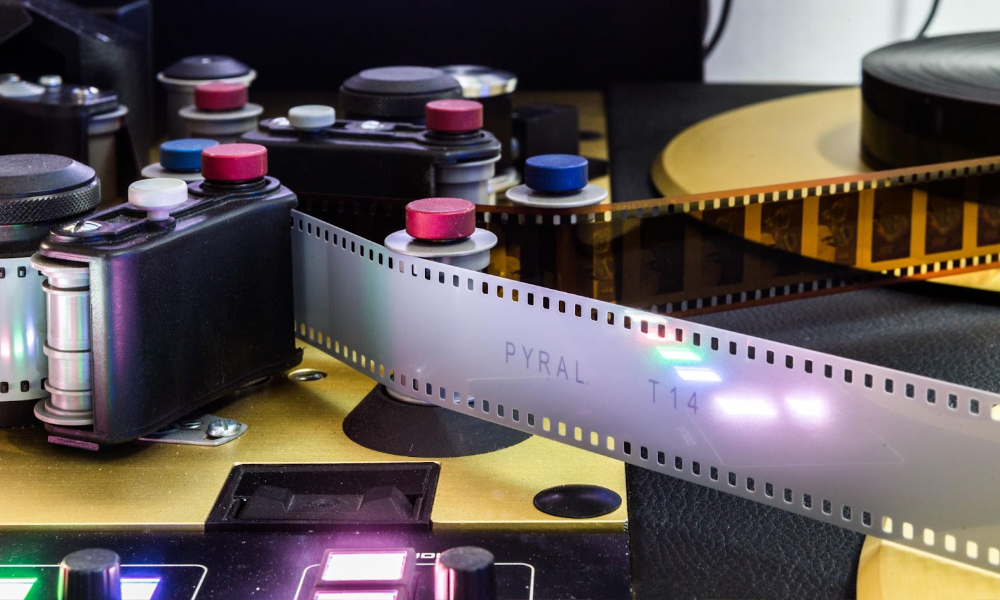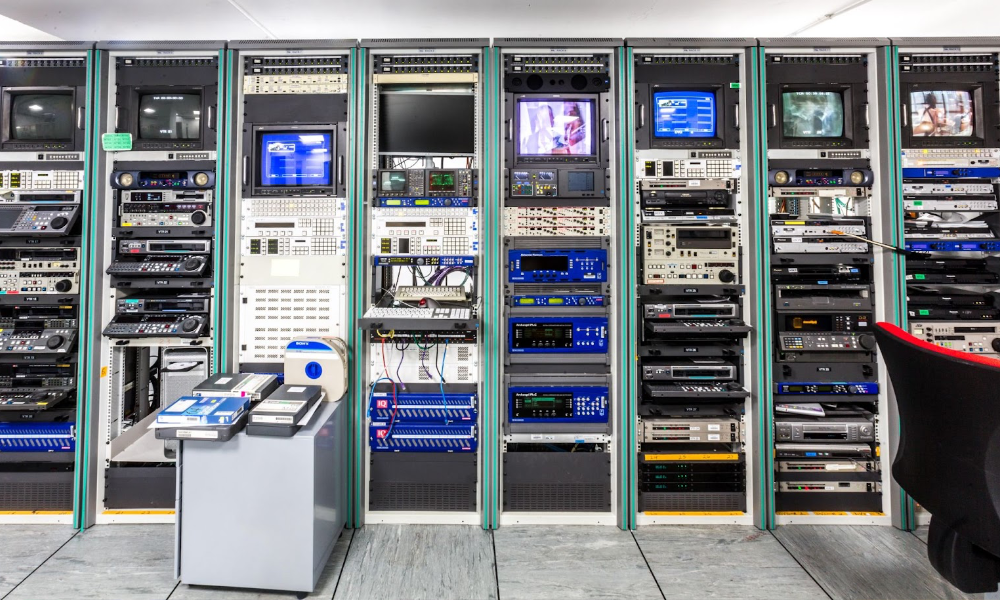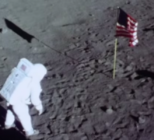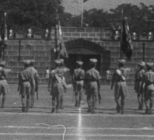In an era dominated by digital media and online video content, the art of film and tape restoration is playing a vital role in preserving our cultural heritage. From classic movies to historical documentaries, restoring analog formats like film and tape allows us to relive past moments and maintain a connection to our artistic and historical roots. However, like any undertaking, there are both advantages and disadvantages to film and tape restoration. Here, we explore the pros and cons of restoring film and tape.

Pros of Film Restoration
Preservation of Cultural Heritage
One of the significant advantages of film and tape restoration is the preservation of our cultural heritage. These old analog formats contain valuable historical content that, if left unattended, will deteriorate and perish over time. Restoring film and tape allows us to save and protect irreplaceable works of this art form, ensuring future generations will be able to appreciate them.
Enhanced Visual and Audio Quality
Most restoration processes involve meticulously repairing damaged frames and improving audio quality. By carefully eliminating scratches, stains, and other imperfections, restoration experts can breathe new life into the visuals of old films and tapes. Similarly, audio restoration techniques can remove background noise and enhance dialogue, resulting in a more enjoyable viewing experience.
Accessible Archiving and Distribution
Film and tape restoration can facilitate the digitization and archiving of analog content. By converting films and tapes into digital formats, they become more accessible and can be easily shared, preserving them for future audiences. Restoration can also enable renewed interest and wider distribution through online platforms, making this valuable content instantaneously available to a global audience as well as providing another potential opportunity to commercialise the content.
Historical Documentation and Research
Film and tape restoration can greatly aid historical documentation and research. Through the process, historians gain access to visual and auditory records of the past, enabling a deeper understanding of cultural, social, and artistic contexts. These restored materials often become invaluable resources for academic studies and cultural analysis.

Cons of Film and Tape Restoration
Time and Cost
Film and tape restoration can be a meticulous and time-consuming process. It requires skilled professionals, specialised equipment/technology, and financial resources. The complexity of restoring damaged or deteriorated analog material can often make the restoration process lengthy and expensive, limiting the ability to restore all existing content.
Loss of Originality and Authenticity
While restoration aims to improve visual and audio quality, there is a risk of altering the original intent or aesthetics of the work. Some argue that extensive restoration may erase the unique characteristics of the original film or tape, stripping away its historical authenticity. Balancing restoration with the preservation of the original artistic intent can be a challenging task.
Limitations of Source Material
The success of restoration heavily relies on the quality and condition of the source material. If the film or tape is severely damaged or deteriorated, complete restoration may not be possible, no matter the expertise or level of resources invested. This limitation can be frustrating when attempting to revive valuable content from the past.
Subjectivity and Interpretation
Restoration decisions can be subjective, with restoration professionals needing to make choices that impact the final outcome. Different individuals often have varying interpretations of how a film or tape should be restored, potentially leading to debates and conflicting opinions. This subjectivity can affect the authenticity and historical accuracy of the restored material.
Film and tape restoration undoubtedly has numerous advantages, ranging from the preservation of cultural heritage to improved accessibility and research opportunities. However, it also comes with its own set of challenges, including cost, potential loss of originality, limitations of source material, and subjective decision-making. Striking a balance between restoration and preservation is always crucial to ensure the authentic representation of the original work while enhancing its longevity and accessibility.
Despite the challenges, film and tape restoration remains a very valuable endeavour, safeguarding our shared history and enabling current and future generations to continue to learn from the past via their preferred medium of the moving image.
Thankfully there is currently expertise out there to help provide great insight and counsel when it comes to navigating these challenges. ITV Content Services has been successfully digitising and restoring the film and tapes within the ITV Archive for years and they also boast the very best technology in-house to facilitate this. More recently they have been offering their services to an increasing number of external archives. Their award winning restoration team is always happy to provide no obligation advice and quotes for such work and are worth reaching out to if you would like to learn a little more.










